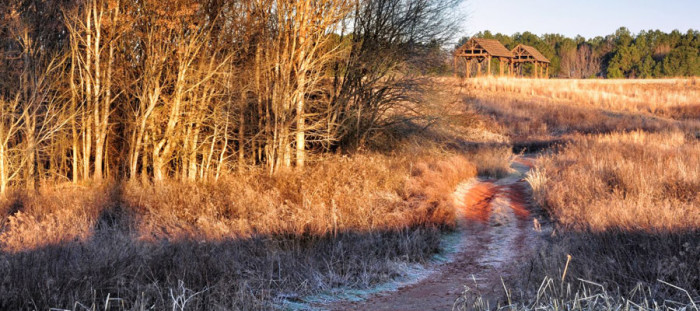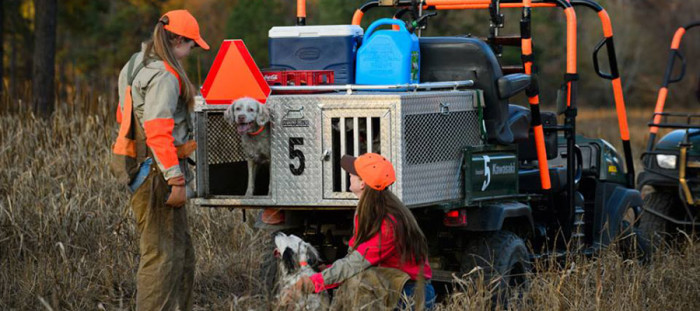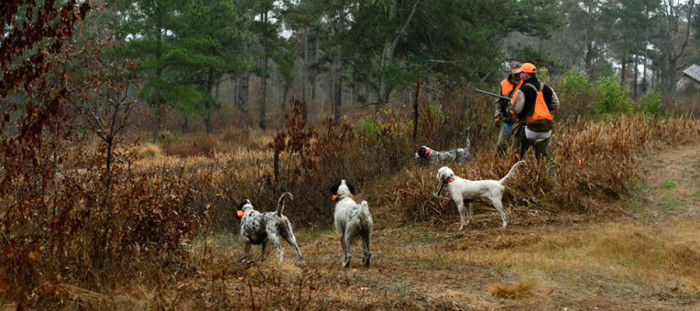Following up on our last post by Ed Belak, True Value of Land, this is the first in a series of posts having to do with how to enhance the value of land. It comes from our friend Tee Clarkson, the Outdoor Columnist for the Richmond Times-Dispatch. Tee also runs outdoor fishing and biking programs for kids as well as student travel and eco-service trips http://virginiaoutside.com/ .
The decline of the bobwhite quail over the last 100 years is well chronicled. Stories of wild coveys by the dozens are preserved mostly on the pages written by classic southern outdoor writers like Havilah Babcock and Nash Buckingham.
Regardless of whether one owns property in the southeast or the species of quail on one’s property, whether Bobwhite, Gamble, California, or one of the several other species which inhabit 44 of 50 states, property values increase with the presence of each wild bird.
Biologist Marc Puckett, Small Game Project Leader and Quail Recovery Initiative Coordinator for the Virginia Department of Game and Inland Fisheries, recommends an ideal habitat for bobwhite quail that includes roughly 30 to 40% mixed warm season grass and weed fields, 15 to 25% thicket cover-like blackberry, plum and greenbrier patches, and then about 30 to 40% annual weedy fields.
While some landowners may choose to go with extensive habitat restoration programs, sometimes all that is needed to bring the birds back is allowing native plants to repopulate areas where they may have lost ground. Plowing up invasive species like fescue as well as periodic burns in some areas combined with relatively simple practices like creating riparian buffers, planting shrubs, and allowing the less productive edges of cultivated fields to turn fallow are just a few of the ways landowners might better manage their land for quail.
Although the wild populations may not immediately bounce back to huntable numbers, property owners can create habitat that increases the experiences one may have on the land (through a well-managed quail release program for example) thus making their property more valuable to sportsmen. A thousand acres with eight coveys on it is worth a lot more than the same number of acres right down the road that only holds two.
One thing for landowners to remember as well is that what is good for the quail is usually good for multiple species of wildlife from songbirds, to woodcock, to rabbits, to a host of others. Creating good habitat rarely benefits just one species, and therefore, adds multiple layers of the value to a property.
Field Sport Concepts affiliate Ed Belak offers the following example of how good quail management can increase the monetary value of land: A relatively large plantation of approximately 4,700 acres in the Southeast that has been intensively and successfully managed for wild quail was recently sold for $4,042 per acre. The average for quail plantations with similar infrastructure that rely principally on pre-season released quail, most of which are about 1,700-2,500 acres is about $2,500 – $3,000 per acre.
If you believe we can be of assistance in the planning of your land please contact us at rmckee@fieldsport.com



